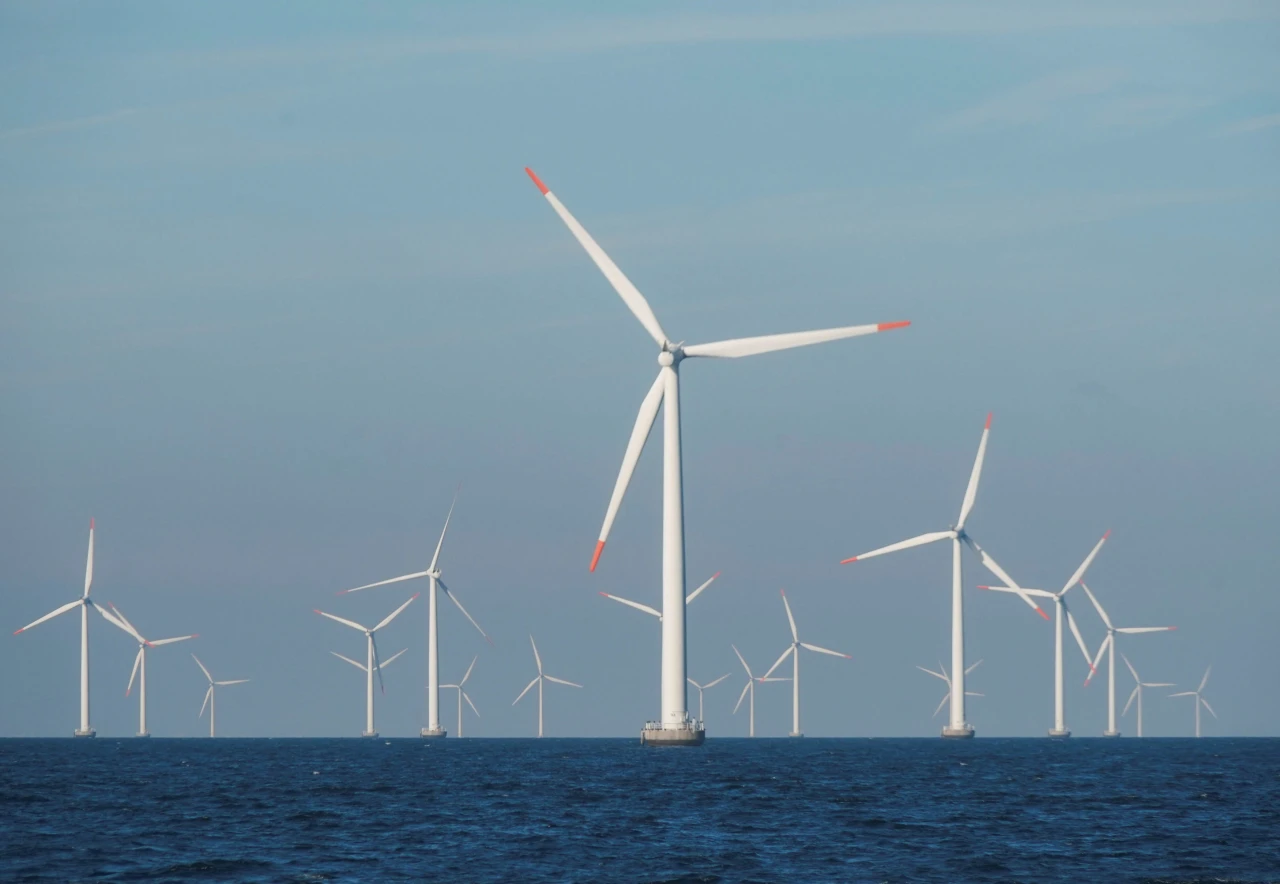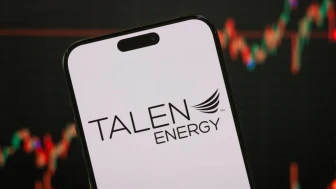This strategic move comes as a response to the growing demand for renewable energy sources and the need to reduce reliance on traditional fossil fuels. By investing in offshore wind projects, these states aim to harness the abundant wind resources along the coastlines to generate clean and sustainable electricity. This shift towards offshore wind not only aligns with environmental goals but also contributes to job creation, economic growth, and energy independence. As these states continue to prioritize offshore wind development, they are paving the way for a greener and more resilient energy future.
Offshore wind projects are facing a temporary pause as the Biden administration conducts a review of the permitting process, according to Rystad Energy analyst Abramov. This review is expected to have a significant impact on the offshore wind sector.
Onshore Wind Projects Also Affected
Onshore wind permitting has been halted as well during this review period. However, the onshore wind industry is not anticipated to be heavily affected by this pause, as most wind farms are built on private lands rather than federal territories.
Challenges in Expanding Wind Farm Capacities
Analysts point out that the onshore wind market is already saturated, making it crucial to focus on enhancing energy storage capabilities before adding more capacity. This dependency on energy storage infrastructure poses a challenge for expanding wind farm capacities.

























